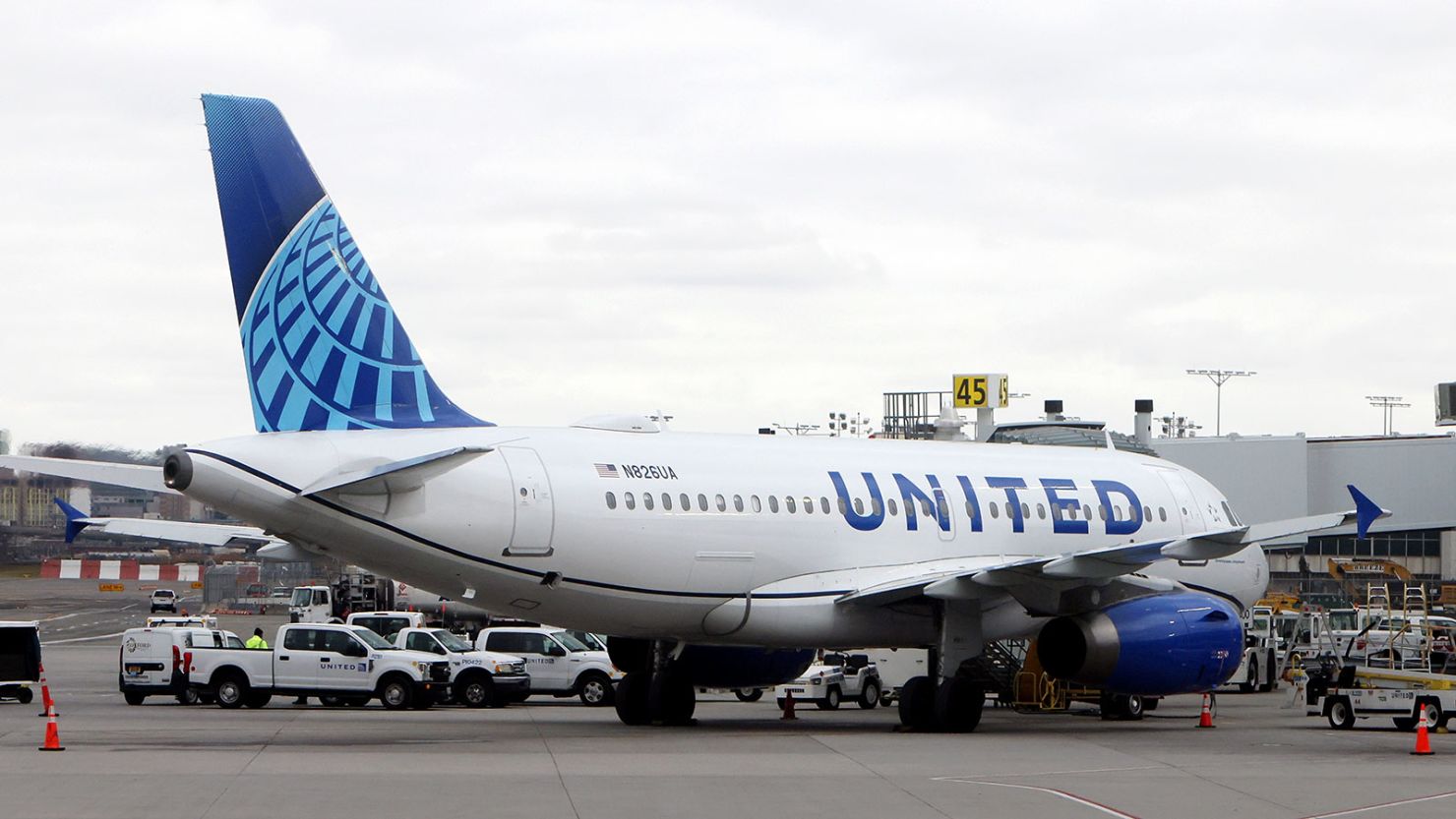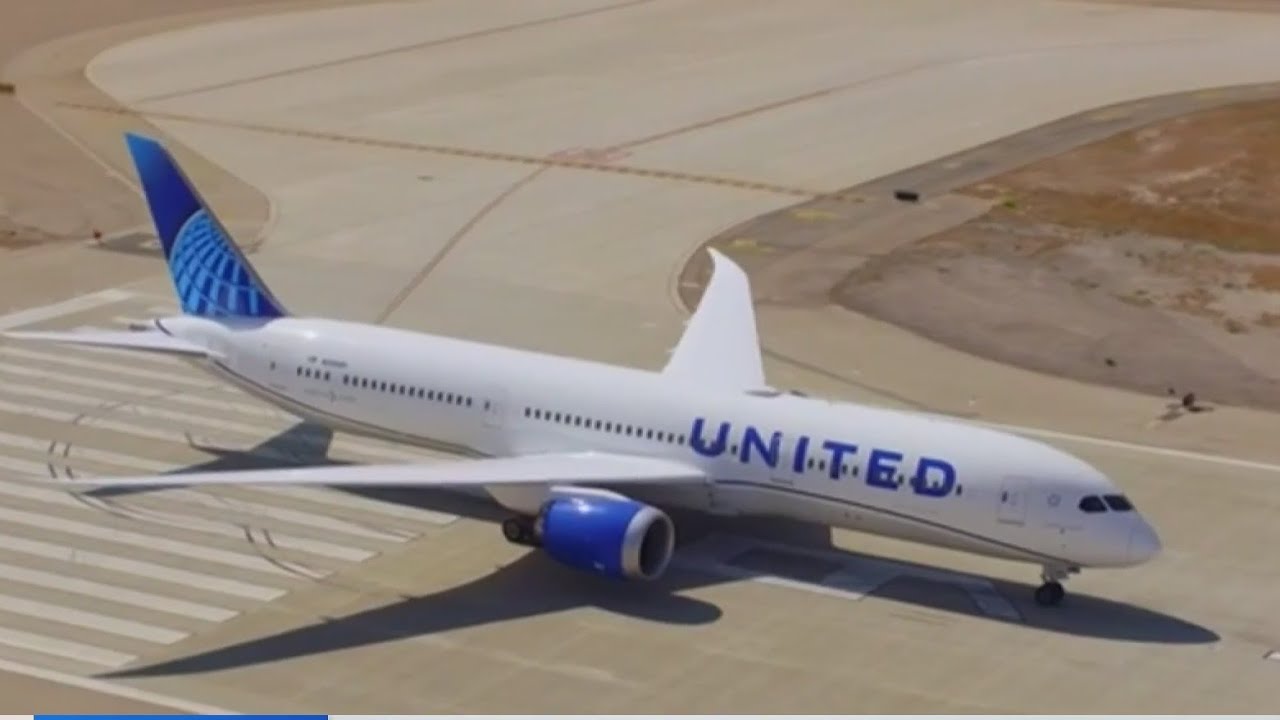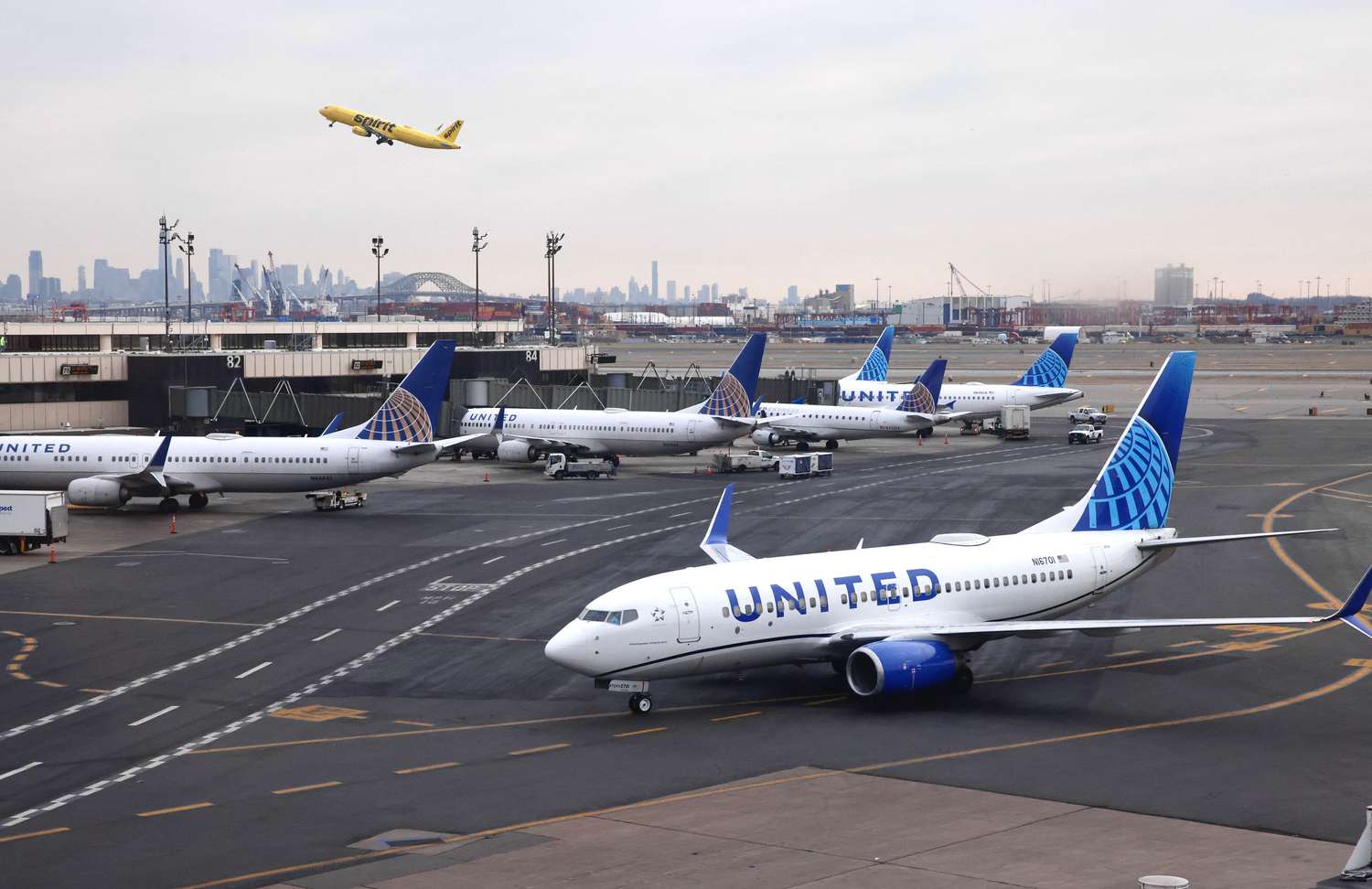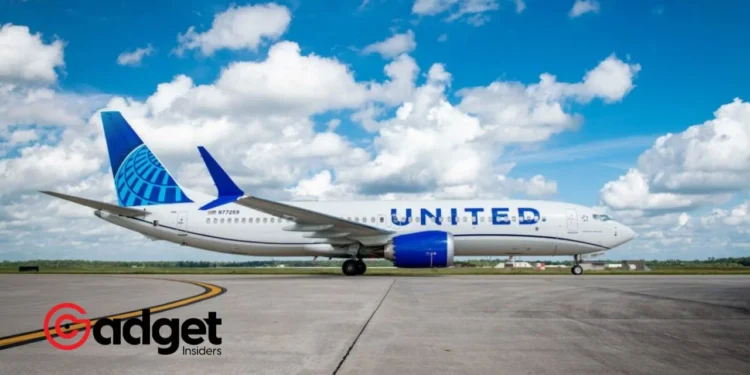In a recent turn of events that has rippled through the aviation industry, United Airlines has made headlines by offering its pilots unpaid time off during May. This decision stems directly from the ongoing challenges faced by Boeing, which has encountered significant delivery and certification delays with its aircraft.
This scenario not only reflects the intricate dependencies within the aviation sector but also underscores the operational flexibilities airlines must employ to navigate unforeseen disruptions.

United Airlines: The Impact of Boeing’s Hiccups on Airline Operations
As reported by CNBC and confirmed by United Airlines, the carrier has found itself in a position where forecasted block hours for 2024 have been notably reduced. This development is attributed to delays concerning the delivery of Boeing’s 787 and 737 fleets, with the repercussions expected to be felt across other fleet types as well.
“Due to recent changes to our Boeing deliveries, the remaining 2024 forecast block hours for United have been significantly reduced,” revealed a note sent to staff by United’s pilots’ union.
These delays have not only put a strain on United’s immediate operational plans but have also led to broader considerations within the industry about growth and scaling strategies.
The issue with Boeing’s smallest and largest variants of the 737 Max, in particular, has prompted a rethink among multiple airlines regarding their expansion plans and the latest business projects.
United Airlines asking pilots to take time off next month due to Boeing plane shortage https://t.co/6cDmvPQDiH pic.twitter.com/glUGquhmrl
— KFOR (@kfor) April 3, 2024
United Airlines: Broader Industry Reactions and Adjustments
The ripple effect of Boeing’s delivery delays is evident across several major airlines. For instance, Southwest Airlines announced a reduction in its capacity outlook for 2024, initially expecting 79 plane deliveries from Boeing, including the yet-to-be-certified Max 7. Instead, Southwest is now set to receive 46 Max 8s, a decrease from the planned 58.
Similarly, Alaska Airlines has acknowledged that its capacity outlook for 2024 remains uncertain due to these developments. This industry-wide disruption has had a pronounced impact on the hiring of pilots and flight attendants, roles that were already under the spotlight due to a post-pandemic labor shortage.

Leadership Reactions and Future Directions
The situation has prompted outspoken criticism from airline executives towards Boeing. United’s CEO Scott Kirby has been particularly vocal, highlighting the airline’s shift in strategy due to the uncertified Max 10.
“It’s impossible to say when the Max 10 is going to get certified,” Kirby stated, indicating a pivot towards the Max 9 to fulfill immediate fleet requirements.
Moreover, the recent announcement by Boeing’s CEO Dave Calhoun about his departure at the year’s end adds another layer of complexity to the ongoing saga. This decision comes amidst growing pressure from airline executives for Boeing to address its quality control issues and delivery delays head-on.

Navigating Through Turbulence: A Unified Industry Effort
The current scenario has sparked a broader industry dialogue about resilience, quality assurance, and the importance of maintaining robust communication channels between aircraft manufacturers and carriers.
As airlines like United adjust their operational strategies to mitigate the impact of these delays, there’s a collective push towards enhancing quality control measures and ensuring the reliability of future deliveries. In the face of these challenges, the aviation industry demonstrates its adaptability and commitment to upholding safety and quality standards.
As United Airlines and its counterparts navigate through these turbulent times, their efforts to maintain operational integrity while accommodating shifts in aircraft availability highlight the complex dynamics of modern air travel and the critical role of manufacturer-carrier collaboration.










